Day of Infamy – Pearl Harbor Day – The Ni’ihau Incident Hardcover – November 28, 2020 by William Stricklin
HARDCOVER
[ 74 PAGES ]
PUB: November 28, 2020
Description
Bill Stricklin studied engineering at home in Seattle after work, reading US Army manuals to learn about the materials needed for the construction of major office buildings. Children in the neighborhood called him “the man in the window” nearly always visible at his desk studying when children got out of bed to go to the bathroom. Bill was offered a minority position of ownership if he would uproot his family and move to Hawai’i to become Project Manager in order to construct two twenty story office buildings, 900-car garage and 15,000 square feet of commercial area. Ultimately he would oversee the work of roughly 400 men and women to build a successful project. Bill arrived to discover there was a 1968 building boom in Honolulu, with nearly everyone working and few men and women available for him to hire. Reasoning that wet concrete is poured into wooden forms that are constructed by carpenters, so early every morning his 1959 Plymouth convertible Bill followed ready-mix concrete trucks to their destinations, made friends with the leader of the thirty workers at the job, asked what he and they were being paid and offered them more money and a free truck.
One morning the ready-mix truck Bill followed arrived at a three-story walkup jobsite on Wilder Avenue. The job neared completion, and there were roughly thirty hard-working individuals under the supervision of Gilbert Nomura. Bill offered Gilbert a free pickup truck and rock-star rewards if Gilbert would bring all his thirty men to work on Amfac Center. Wisely Bill’s company did not join the local Contractor’s Association. When unions went on strike Bill was the first one to walk into the union offices to sign whatever terms were demanded. The Association resisted the union demands and their projects in downtown stopped. Bill did not violate a Contractor’s Association agreement, for he had chosen not to be a member. Thus, it was possible to compete very aggressively, with all the workers Bill needed – including even the union president and business agent – in order to finish the first tower, Amfac Building, in eleven months and four days, and then to start the second tower, Hawai’i Building, two years ahead of schedule, signing office leases and commercial space leases to fill the entire project while the Contractor’s Association competing projects were in the doldrums. Gilbert Nomura’s Wilder Avenue jobsite afforded little opportunity to conduct in-depth interviewing during which Bill perhaps might have learned more about Gilbert Nomura’s family. Gilbert’s construction workers all were of Japanese ancestry. No Hawai’ians, no Chinese, no haoles, no diversity. Gilbert Nomura’s family in Japan included Japan’s Ambassador Kichisaburo Nomura. ?? ??? Nomura Kichisaburo December 16, 1877 – May 8, 1964 was an admiral in the Imperial Japanese Navy and was Ambassador to the United States of America in 1941 at the time of the attack on Pearl Harbor. Ambassador Nomura served with Saburo Kurusu (?? ??, Kurusu Saburo, March 6, 1886 – April 7, 1954) who was a Japanese career diplomat. Saburo Kurusu is remembered as an envoy who tried to negotiate peace and understanding with the United States while the Japanese government under Hideki Tojo was secretly preparing the Pearl Harbor attack. As Imperial Japan’s ambassador to Germany 1939 to November 1941, Saburo Kurusu signed the Tripartite Pact on behalf of Japan along with foreign ministers of Nazi Germany and Fascist Italy on September 27, 1940. Gilbert Nomura’s family in Japan included Naokuni Nomura ?? ??, an admiral in the Imperial Japanese Navy who served as Navy Minister in the 1940s. Family ties led to loading Gilbert into a truck early December 8, 1941, for rough interrogation which left some lasting unfortunate marks on Gilbert’s “attitude” toward haoles. At age 79 my helpful friend, Gilbert Nomura, died at home Wednesday, March 4, 1998.
| Weight | 1.74 lbs |
|---|---|
| Dimensions | 11.22 × 8.74 × 2.95 in |
| ISBN-10 | |
| Author | |
| Format | |
| Language | |
| Publication Date | |
| Publisher |
Be the first to review “Day of Infamy – Pearl Harbor Day – The Ni’ihau Incident Hardcover – November 28, 2020 by William Stricklin”
You must be <a href="https://webdelico.com/my-account/">logged in</a> to post a review.



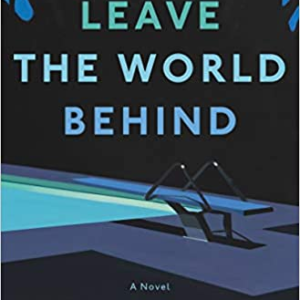

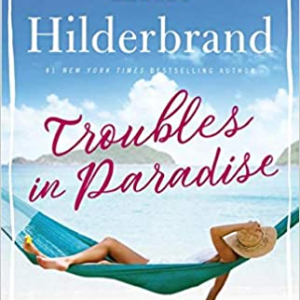
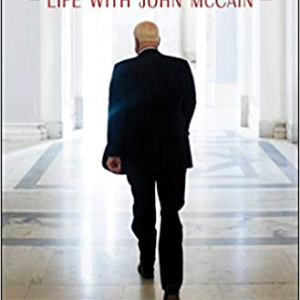
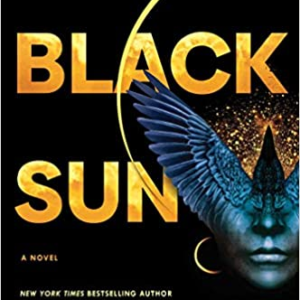

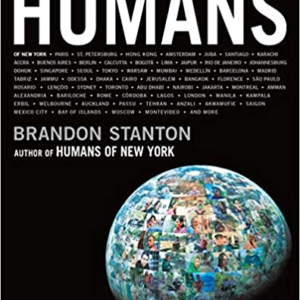



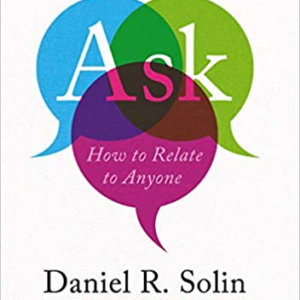
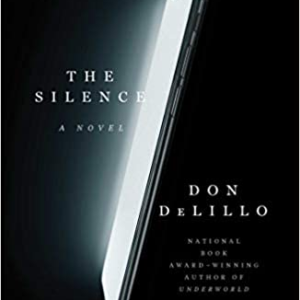
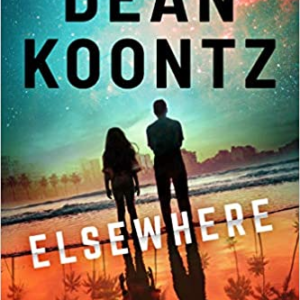
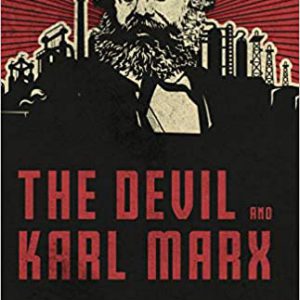




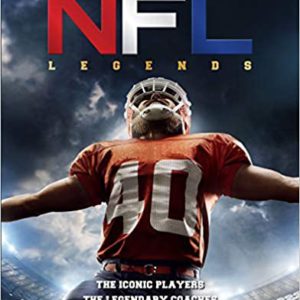



There are no reviews yet.